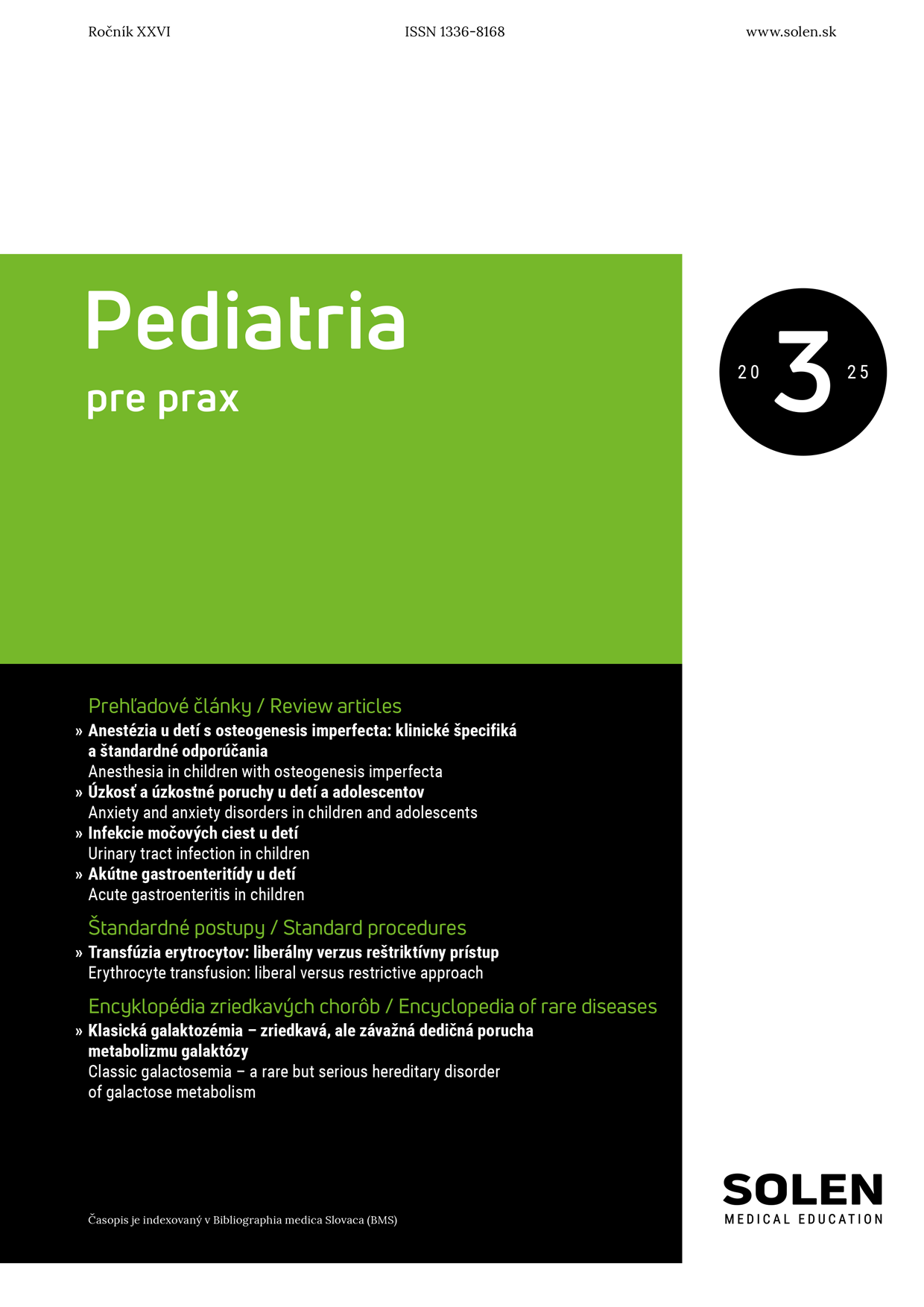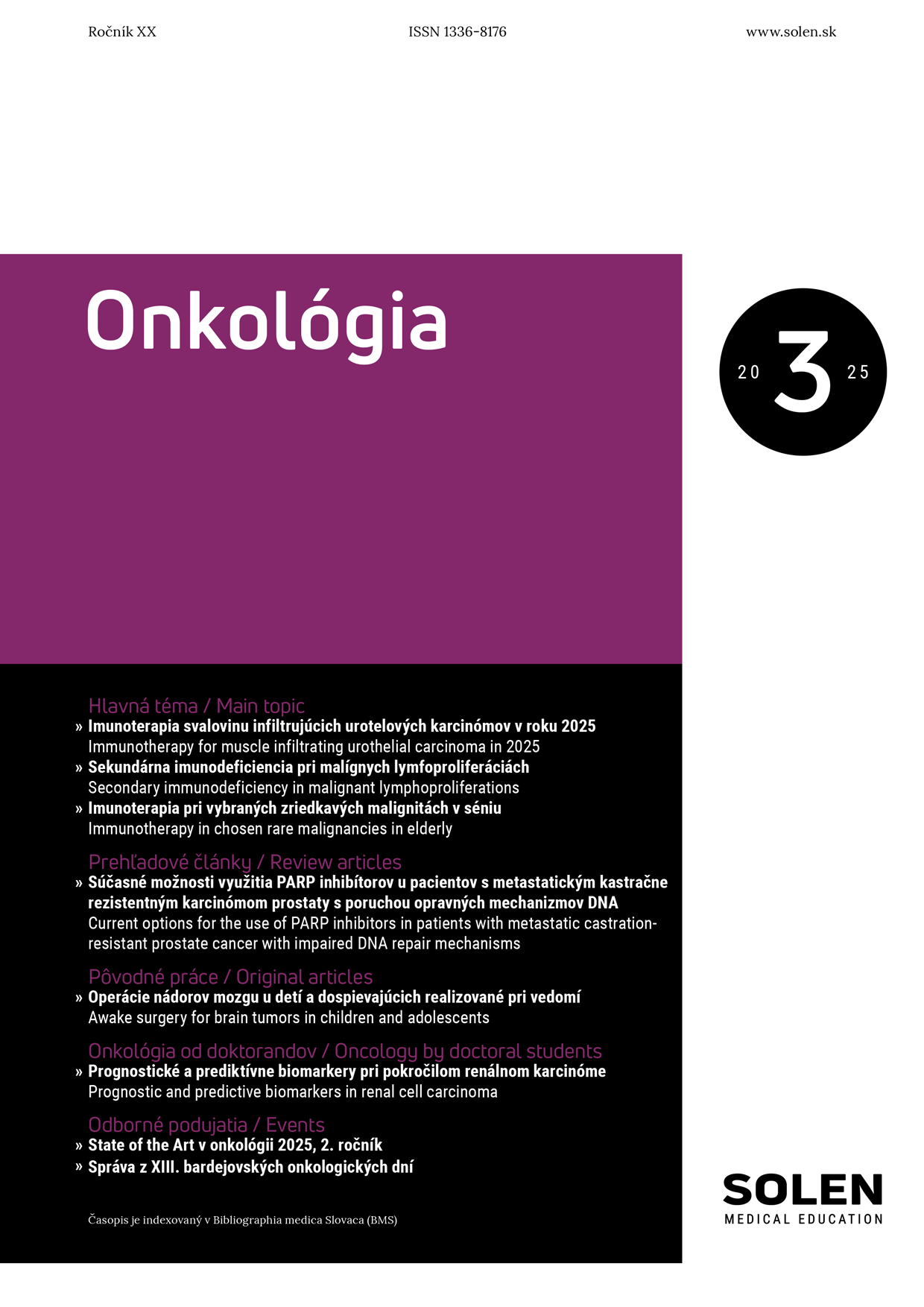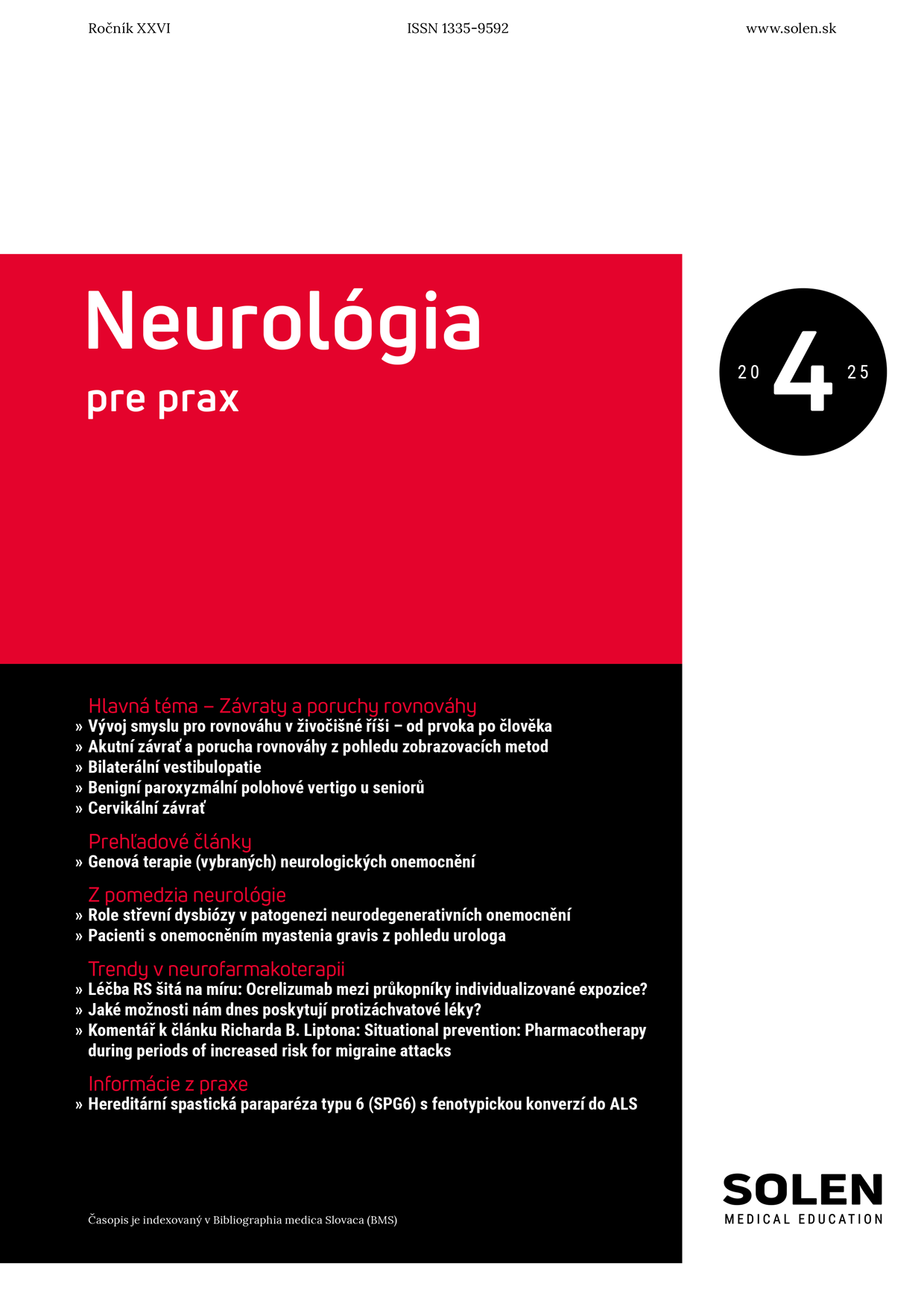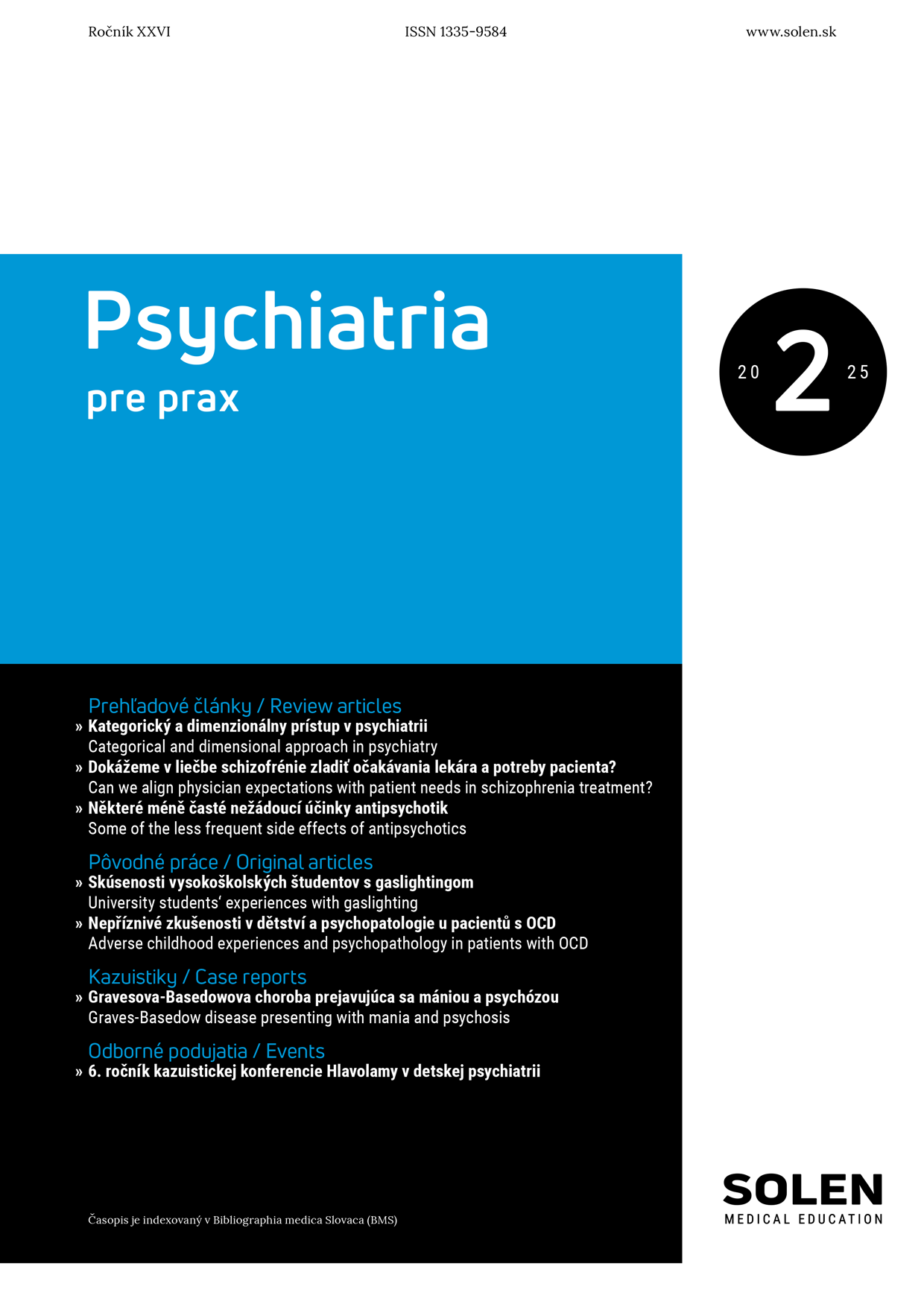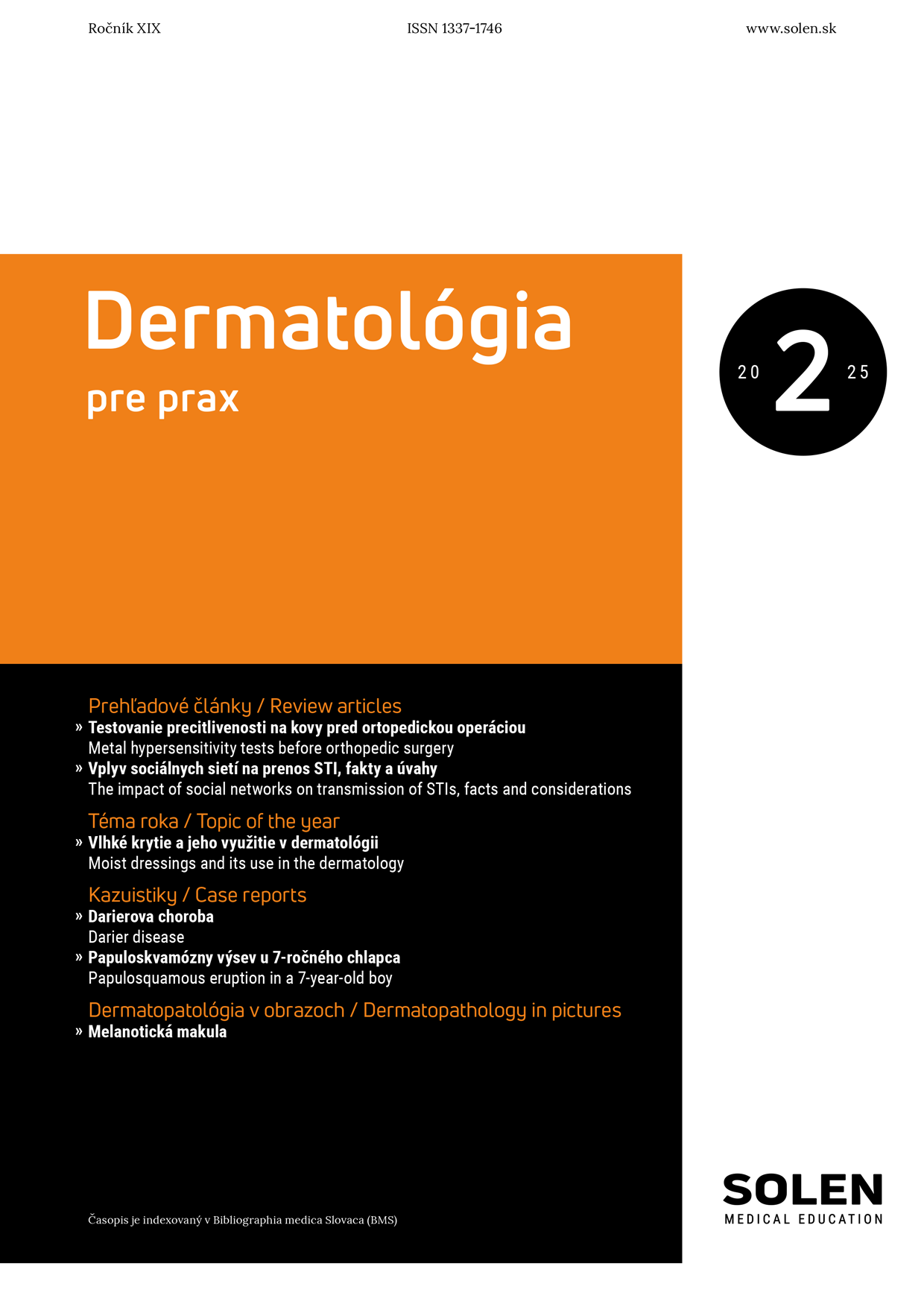Onkológia 2/2014
Current treatment trends for multiple myeloma – subcutaneous administration of proteasome inhibitor
Multiple myeloma (MM) is a neoplasia that arises from an uncontrolled proliferation and accumulation of the neoplastic transformed B-cell line, with the characteristics of plasmocytes, accompanied by the production of M-protein and sings of the organ dysfunction. Due to the epidemiological studies MM is the second most frequent hematological malignancy. Many important advances in the treatment have been made in recent years. The goal of treatment is to bring about a complete remission of the disease. Although MM has no cure, we have made several treatment options for cancer control. Bortezomib-based therapies are suggested as standards of care in patients with newly diagnosed and relapsed multiple myeloma. As an value alternative to intravenous delivery, subcutaneous administration of bortezomib could be a good option for patients. This article summarizes the current domestic and international experiences with the use of subcutaneous bortezomib.
Keywords: multiple myeloma (MM), subcutaneous treatment of MM, peripheral polyneuropathy, treatment efficacy, adverse effects.


